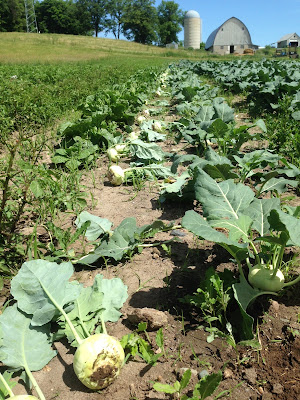Since then, the men I've connected with the most has been through work. And I mean real work-not the two of us looking at an Excel sheet together-but physically laboring together. The act of work alone brought us together, and time working together was also the opportunity when we talked about things that matter: death and love, fatherhood, community responsibilities.
 I've had similar experiences with women in my life, certainly, but I bring this up in the context of men in large part because men have been in a funk lately. Men are all worked up about their identity and their role in today's age...the path just isn't as clear as past generations. This causes a whole host of issues as men shirk their 'traditional' responsibilities as fathers and husbands and engagement with neighbors.
I've had similar experiences with women in my life, certainly, but I bring this up in the context of men in large part because men have been in a funk lately. Men are all worked up about their identity and their role in today's age...the path just isn't as clear as past generations. This causes a whole host of issues as men shirk their 'traditional' responsibilities as fathers and husbands and engagement with neighbors. Maybe it's just my blue collar upbringing, but I imagine we're in this funk because we've lost those work settings where we mentored young men and connected with each other. Since the beginning of civilation we've labored together side-by-side in this fashion and now we remotely play Playstation or watch ESPN together. In my view agriculture has and can still play this all-important role of bringing us together for real connection and giving us purpose. Instead of bemoaning the loss of farming as we often do, let's do some fencing already! Invite over some friends, get some nails, and build and create. Chase some calves together through a pasture. I think men and the world will be better for it - at the very least women will enjoy getting them out of the house for awhile.
In the box:
- Broccoli
- Garlic scapes (see recipe below): Small bunch of green curley things with a rubber band. You can also check out this link if you're confused about how to use them.
- Swiss chard: Colorful green banded together
- Greenleaf lettuce
- Napa cabbage: This is the second week, so I hope I didn't wear out my welcome on this one.
- Radishes
- Cilantro: Small bunch of banded green
- Spinach; Loose green on top
- Kohlrabi: Big bulbou
- Snap peas: Edible pod
Green Surprise Dip
from Simply in Season
1 cup steamed kale, Swiss chard, or spinach
1 cup plain yogurt
1 cup cooked chickpeas
1/4 cup mayonnaise
2 cloves of garlic (or use a 2-3 garlic scapes)
1/2 onion
1 tablespoon lemon juice or to taste
1/2 teaspoon salt or to taste
Puree in blender or food processor. use as a dip for veggies, crackers, or chips.

